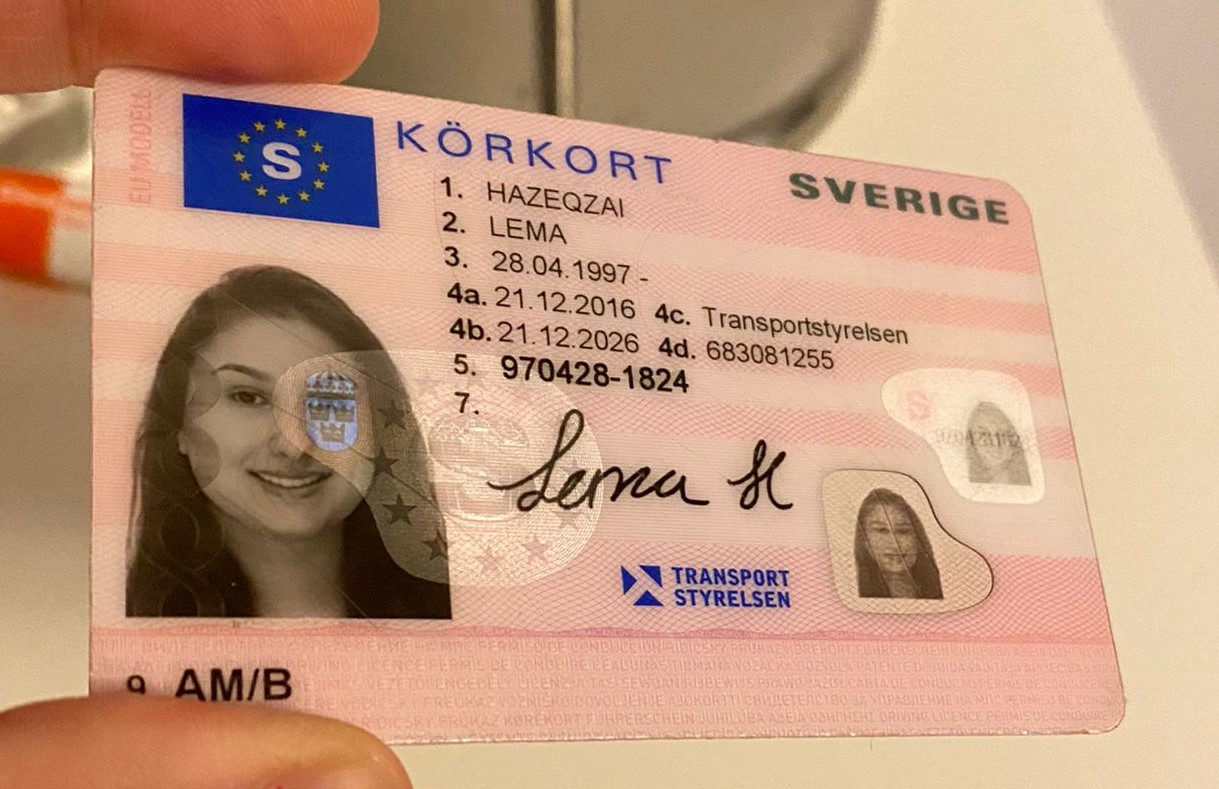What Is The Heck What Exactly Is De Driving License?
Understanding the Driving License: A Comprehensive Guide
A driving license is a vital document for individuals who wish to run an automobile legally. This guide aims to supply an in-depth understanding of the driving license, including its types, requirements, application processes, and the significance it holds in today's busy society.
What is a Driving License?
A driving license is a government-issued document that authorizes a specific to drive an automobile on public roadways. This license is crucial not just for adherence to the law but also as a measure of proficiency to make sure that chauffeurs possess the necessary abilities to operate a vehicle safely.
Kinds Of Driving Licenses
Driving licenses vary by jurisdiction, and they can be categorized into numerous types. Here's a breakdown:
License Type
Description
Student's Permit
A provisionary license allowing new drivers to practice under specific conditions.
Complete License
A standard chauffeur's license permitting the holder to run most types of automobiles without limitations.
Industrial License
Required for people wanting to run industrial trucks or buses.
Motorbike License
Specially designated for operating motorcycles and motorbikes.
International Permit
Allows people to drive in foreign nations, supplied they have a legitimate national license.
Why is a Driving License Important?
Holding a legitimate driving license has several advantages:
- Legal Requirement: It is a legal requirement to drive on public roads.
- Security Assurance: A driving license ensures that the chauffeur has actually gone through essential training and assessments to run a lorry securely.
- Identification: It works as a main form of identification, often required for numerous services.
- Insurance coverage Compliance: Many vehicle insurance business require valid driving licenses as one of the conditions for providing a policy.
- Work Opportunities: Certain tasks need employees to have a valid driving license, especially those including transportation.
How to Obtain a Driving License
The procedure of acquiring a driving license usually involves several steps, which can differ by region. Below is a standard outline of the steps to follow:
- Eligibility Check: Most jurisdictions have age and residency requirements.
- Composed Test: Applicants generally need to pass a composed exam covering the guidelines of the roadway.
- Vision Test: A vision evaluation may be required to guarantee the applicant can see well adequate to drive safely.
- Practical Driving Test: New motorists need to show their driving abilities in a dry run.
- Application Submission: Complete the necessary kinds and send the essential paperwork, consisting of evidence of identity and residency.
- Payment of Fees: Pay any involved charges for the application procedure.
- Waiting Period: Some areas have a probationary period throughout which a learner's permit need to be held before a full license is provided.
Common Requirements for Application
- Evidence of identity (e.g., birth certificate, passport)
- Social Security number or equivalent identification
- Evidence of residency (e.g., energy bills, rental arrangements)
- Completion of a driver's education course (if appropriate)
Tables: A Comparative Look at Driving License Categories
The following table highlights distinctions in requirements and features of different types of driving licenses:
Type of License
Age Requirement
Checking Requirements
Limitations
Student's Permit
Varies, normally 15-16
Composed, vision
Needs a licensed adult in the vehicle
Complete License
Normally 18+
Written, vision, useful
None (unless specific endorsements use)
Commercial License
Normally 18+
Written, vision, useful, extra tests
Limited to industrial automobiles only
Bike License
Varies, normally 16
Written, vision, useful
Normally limited to motorcycles just
International Permit
18+
Valid nationwide license needed
Legitimate in nations that recognize it
Frequently Asked Questions About Driving Licenses
1. How long does it take to get a driving license?
The timeline varies by region and individual circumstances, but a straightforward process that includes taking a course and completing tests may take several weeks to a couple of months.
2. What should I do if I lose my driving license?
In case of loss, report the incident to local authorities and apply for a replacement through the appropriate motor lorry department.
3. Can I use an international driving permit in my home country?
Many nations require a legitimate nationwide license, and an international driving authorization is intended for usage abroad. Constantly examine local laws.
4. Are there particular laws for drivers under 18?
Yes, numerous places have finished licensing laws that enforce restrictions on younger drivers, such as traveler limits and nighttime curfews.
5. What takes place if I get captured driving without a license?
Driving without a legitimate license can lead to fines, lorry impoundment, and even legal charges, depending upon regional laws.
In conclusion, obtaining a driving license is a significant milestone for numerous individuals. It requires a structured procedure created to guarantee safety and legality on the roadways. Understanding the types, importance, and application procedures can empower prospective chauffeurs to navigate their licensing journey with confidence. Whether for De Körkort or professional purposes, a driving license is a valuable asset in the modern world.
